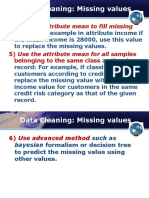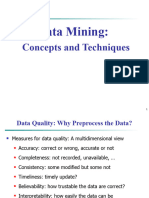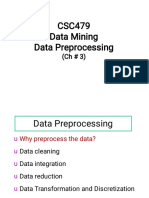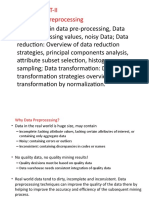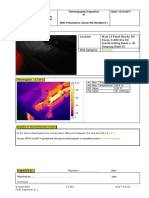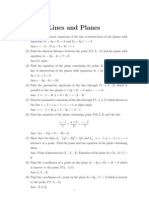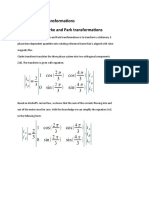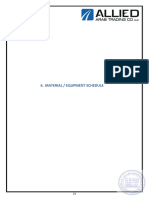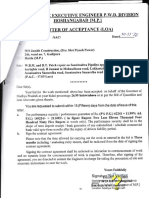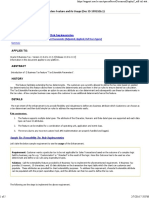0% found this document useful (0 votes)
21 views36 pagesUnit 2 Preprocessing in Data Analytics
Data pre-processing is essential for ensuring quality in datasets, addressing issues like missing values, noisy data, and inconsistencies. Techniques such as data cleaning, integration, transformation, and reduction are employed to enhance data quality and prepare it for analysis. Effective data cleaning methods include handling missing values, detecting outliers, and removing duplicates to ensure reliable results.
Uploaded by
temonam310Copyright
© © All Rights Reserved
We take content rights seriously. If you suspect this is your content, claim it here.
Available Formats
Download as PDF, TXT or read online on Scribd
0% found this document useful (0 votes)
21 views36 pagesUnit 2 Preprocessing in Data Analytics
Data pre-processing is essential for ensuring quality in datasets, addressing issues like missing values, noisy data, and inconsistencies. Techniques such as data cleaning, integration, transformation, and reduction are employed to enhance data quality and prepare it for analysis. Effective data cleaning methods include handling missing values, detecting outliers, and removing duplicates to ensure reliable results.
Uploaded by
temonam310Copyright
© © All Rights Reserved
We take content rights seriously. If you suspect this is your content, claim it here.
Available Formats
Download as PDF, TXT or read online on Scribd
/ 36








































